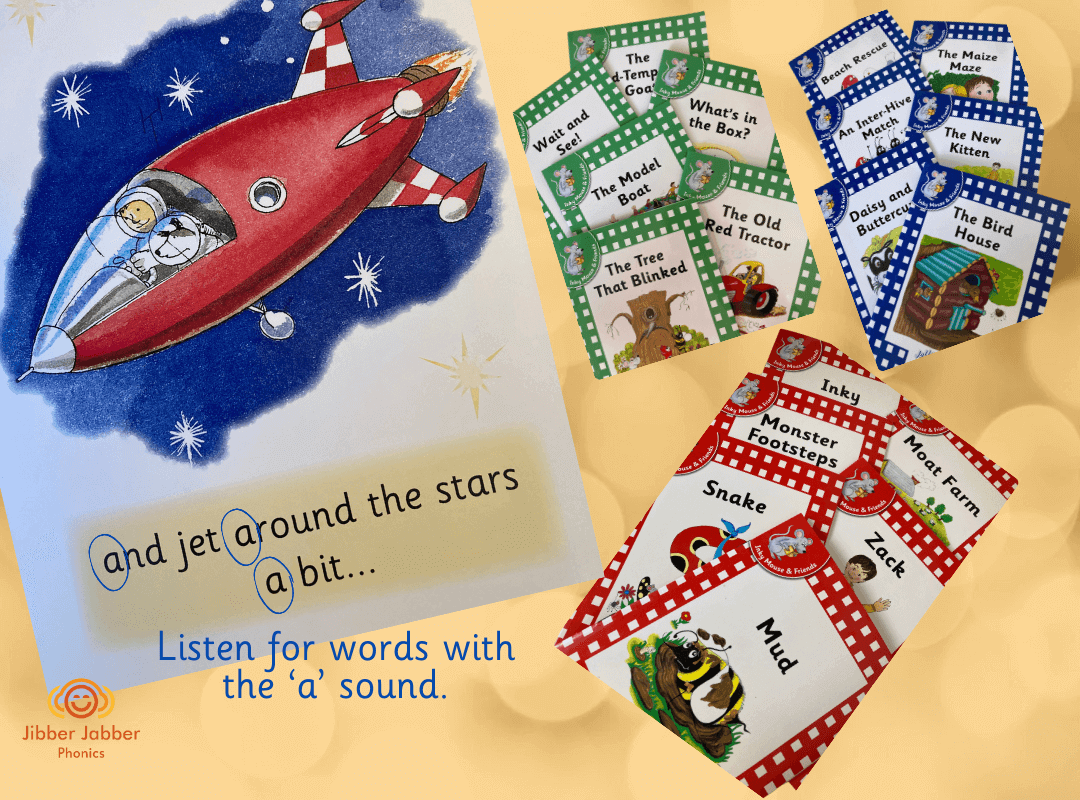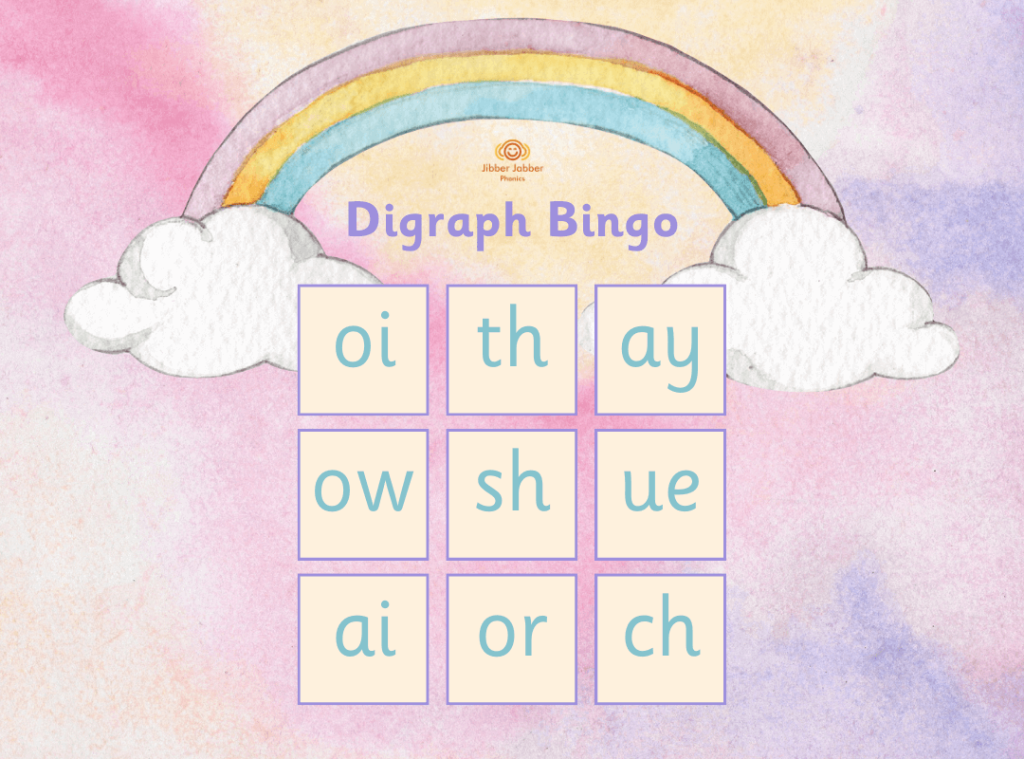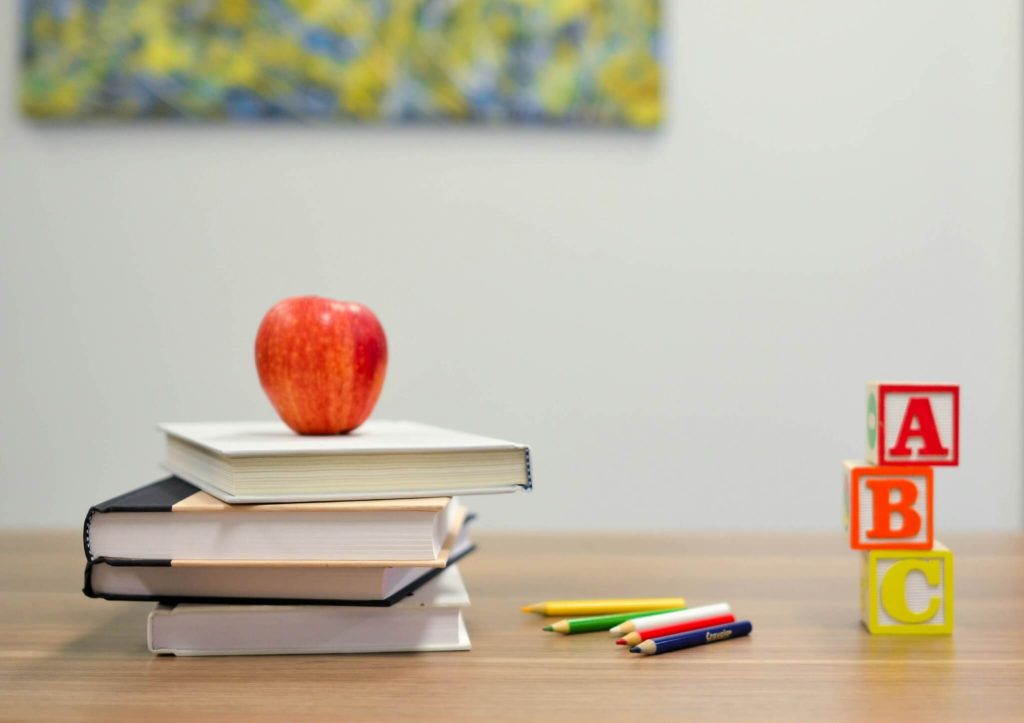
Hey there, fellow educators!
Let’s talk about making phonics fun! We all know how crucial phonics is for building strong literacy skills, but let’s be real—if it’s not engaging, students can quickly lose interest. That’s why I’m excited to share some creative, play-based strategies that’ll transform your phonics lessons into something your students can’t wait to dive into.
Why Fun Matters in Phonics
When learning is fun, it sticks. Simple as that. By making phonics enjoyable, you’re not just teaching sounds and letters—you’re fostering a love for reading and writing that will last a lifetime. And the best part? It doesn’t take much to inject a bit of fun into your lessons. With the right activities, you can turn even the most reluctant learner into a phonics enthusiast.

Creative Strategies to Keep Phonics Exciting
1. Phonics Bingo
Phonics Bingo is a classroom favourite. Create bingo cards with letters, digraphs, or word families instead of numbers. Call out sounds, and students must find the corresponding letter or blend on their card. The first to get a line or full house wins a small prize. It’s a great way to reinforce sound-letter recognition in a lively, competitive way.
2. Sound Scavenger Hunts
Turn your classroom into a phonics playground with a sound scavenger hunt. Give students a list of sounds and have them find objects around the room that match each sound. For example, if the sound is “b,” they might find a book or a ball. This activity gets them moving and thinking critically about how sounds connect to the world around them.
3. Phonics Pictionary
Phonics Pictionary is another fantastic way to make learning interactive. Write different sounds or words on slips of paper, and have students draw them out for the class to guess. It’s not only fun but also helps with word recall and strengthens their understanding of how sounds form words.
4. Interactive Sound Mats
Create sound mats with different phonics sounds or word families. Provide students with small objects or pictures that correspond to the sounds. They’ll place the objects on the correct sound mat, reinforcing their ability to match sounds with words. This hands-on activity is especially great for younger learners who benefit from tactile learning.
5. Phonics Songs and Rhymes
Music and rhythm are powerful tools in any classroom. Incorporate phonics songs and rhymes into your daily routine. Whether it’s singing about letter sounds or chanting blends, music makes phonics memorable. Plus, it’s a fun way to break up the day and re-energize your students.
6. Storytime Sound Hunt
During story time, pause and ask students to listen for specific sounds in the story. You might say, “Listen for words with the ‘ch’ sound,” and have them clap or raise their hand when they hear one. This not only sharpens their listening skills but also helps them connect phonics to real reading.
7. Phonics Relay Races
Take learning outside with a phonics relay race. Write sounds or words on cards and place them at one end of the playing area. Students must race to pick up the correct card and bring it back to their team. It’s a great way to combine physical activity with learning, which is a winning combination for many students.

The Power of Play in Phonics
When you make phonics fun, you’re doing more than just teaching; you’re creating an environment where students feel excited to learn and confident in their abilities. These activities aren’t just about keeping students entertained—they’re about making sure the lessons stick, fostering a positive attitude toward learning, and building a strong foundation for literacy.
So, let’s get creative, get playful, and make phonics the highlight of the day for your students. You’ll be amazed at how quickly they progress when they’re having fun along the way!
Ready to try these strategies? Go ahead—your classroom is about to get a whole lot more fun!
Vicky xx


